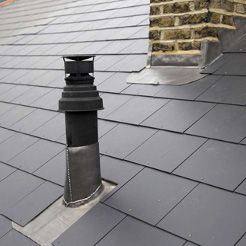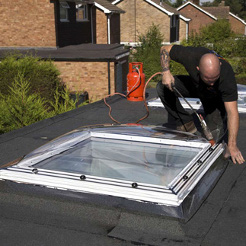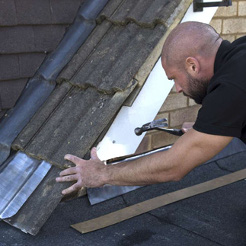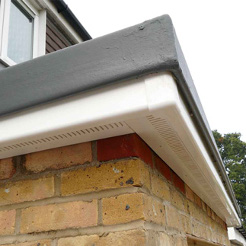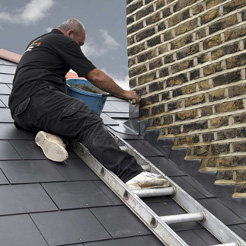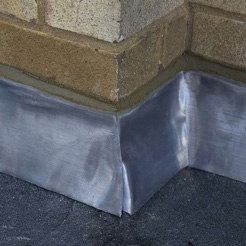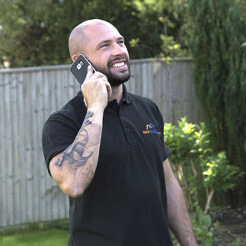The ‘Beast from the East’ made its presence felt for quite a few days last month, one of the worst cold spells in the UK for a number of years. It led to widespread transport problems and resulted in the closure of most schools around the country. It also had most of us out playing in the snow. But for some it may have led to roof problems which may not manifest themselves for a while to come and which could result in costly repairs. This month we take a quick look at how to avoid them and what you can do to prevent them now and in the future.
During a snow storm
If it is safe to do so, clear off any snow build-up from your roof as soon as possible. You can do this using a rake or broom. As well as preventing weight from building up on your roof, which can cause a host of problems on its own, you are also avoiding creating an ice dam once the snow starts to melt. An ice dam is caused when melting snow starts to run off the roof only to encounter an obstacle, such as guttering, causing it to freeze. This in turn will create an increasing build-up of ice as the process repeats itself with fluctuating temperatures during the day and night. If you have significant snow build-up and it is not safe to clear it yourself, get a specialist in to do it for you. It will be more cost effective than dealing with problems later on.
Also check your pipes are not freezing during a cold weather spell. If they do, warm them up slowly to get the water flowing again. You can do this by using a hairdryer, laying a hot water bottle on them, or by soaking towels in hot water and wrapping them around the affected pipes. Move along the pipe as sections start to thaw.
After the snow storm
Give your roof, guttering, and piping a good visual inspection. Do any tiles look out of place, can you spot any cracks or holes? Are your gutters clear of debris and ice? If you can safely walk on your roof are there any areas that feel soft or sunken? If you spot any water damage on the inside of your property within seven days of a snow event, then it is likely to have been caused by the snow. Any longer and it’s unrelated (but you still need to deal with it as soon as possible). To check for internal water damage look for any dark spots or ceiling discolouration or any evidence of water. If you find any damage that you suspect is snow related, then get in touch with a specialist who can help make it watertight and secure it against any further damage.
Don’t risk it – if in doubt get in touch for help and advice. For assistance with roof inspections or repairs, talk to our team of specialists at Roof Rescue. You will find us on 020 3189 1618.

